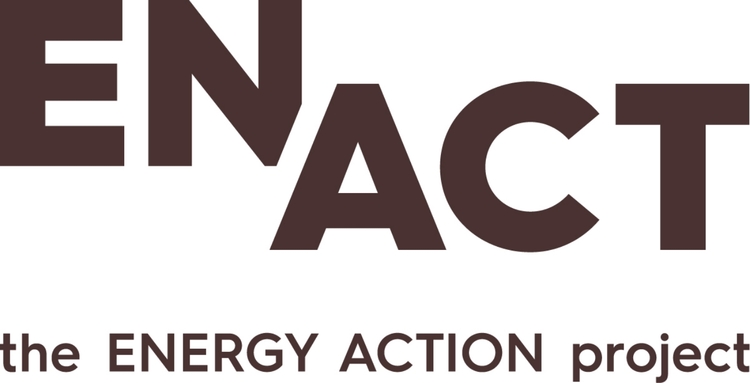For most people, when they are cold at home in winter time, it is just a matter of turning up the thermostat or adding a side electrical heater to feel warmer. Others turn their heaters to the maximum but with very little result: the house stays cold or sometimes freezing due to the inefficiency of the heating system, leaks and cracks around windows, holes in the walls, poor insulation, etc.
For some, the situation is even more difficult: either they do not have a proper heating system at all or their home doesn't retain the heat generated. Such people live day after day in cold and damp homes, dark houses because they are unable to pay the price for the energy needed to heat and light their homes.
The National Health Service (UK) has a list of conditions by which they rank how hazardous a house is to its inhabitants, several of which correspond to conditions found in cold homes.
When a house is always cold, has walls damp and is mouldy even though the heater is on, the occupants can be exposed to short- or long-term health risks. Signs linked to well-being and health that should alert people of their own situation – or that of family, friends or neighbours – range from psychological stress, worry and social isolation to greater frequency or severity of being ill. It might seem minor that a person has more coughs and colds, but prolonged low-grade health problems can cause or exacerbate more serious illnesses, such as respiratory and circulatory conditions. EnAct will explore the links between fuel poverty and health and well-being further in the coming weeks.
The more immediate challenge for millions of people in industralised countries is that the high cost of trying to stay warm forces them to make stark choices on a daily basis. The "10% on energy" as a measure of fuel poverty acknowledges that beyond that, a household's ability to afford other necessities will be jeopardized.
“Whether to heat or to eat?” is one of the most prevalent dilemmas. Many families carefully calculate exactly how much they can spend on heating and still have enough for necessities. But a particularly cold week can wreak havoc on the best-laid plan. Some families compromise by buying food but eating it cold to avoid using more energy.
Often overlooked in discussions about fuel poverty is that it goes beyond heat. The 10% calculation should cover the home occupant's total energy consumption, including expenses for things like electricity, water heating, lighting, cooking, and operating appliances and electronic devices (TVs, computers, gaming consoles, etc). For each of these activities (also known as "end-uses" of energy), one can take steps to reduce the associated energy consumption: switching off lights in unoccupied rooms, covering pans when cooking and reducing the flow when using hot water. One of the most overlooked energy saving opportunities is , and turning off devices that have a "standby mode" that consumes energy while just waiting to wake up.
And one must not forget about a person's or family's need for energy for transportation. Some people avoid using their cars or public transport to save money, but walking long distances in the rain or snow can lead to greater exposure to the cold. In severe cases, being unable to afford transportation can lead to absences from work, which further reduces household income. Alternatively, people can become isolated at home.
Over the course of a winter, spending for heat and other energy-demanding activities can mean falling into debt, which increases a household's overall costs and further strains their ability to meet other needs throughout the year, including investing in more efficient energy equipment or home renovations.
The lowering of living standards, often below what is considered “acceptable”, is a common practice that many fuel poor households are forced to follow. Learning to recognise these kinds of signs – in one's own home or when visiting family, friends or neighbours – can be a first step towards taking action or seeking help. Many government agencies and associations stand ready to help those in fuel poverty, but they need to know who is in need. Which often means they rely on people to self-identify or encourage those they care about to step forward.
